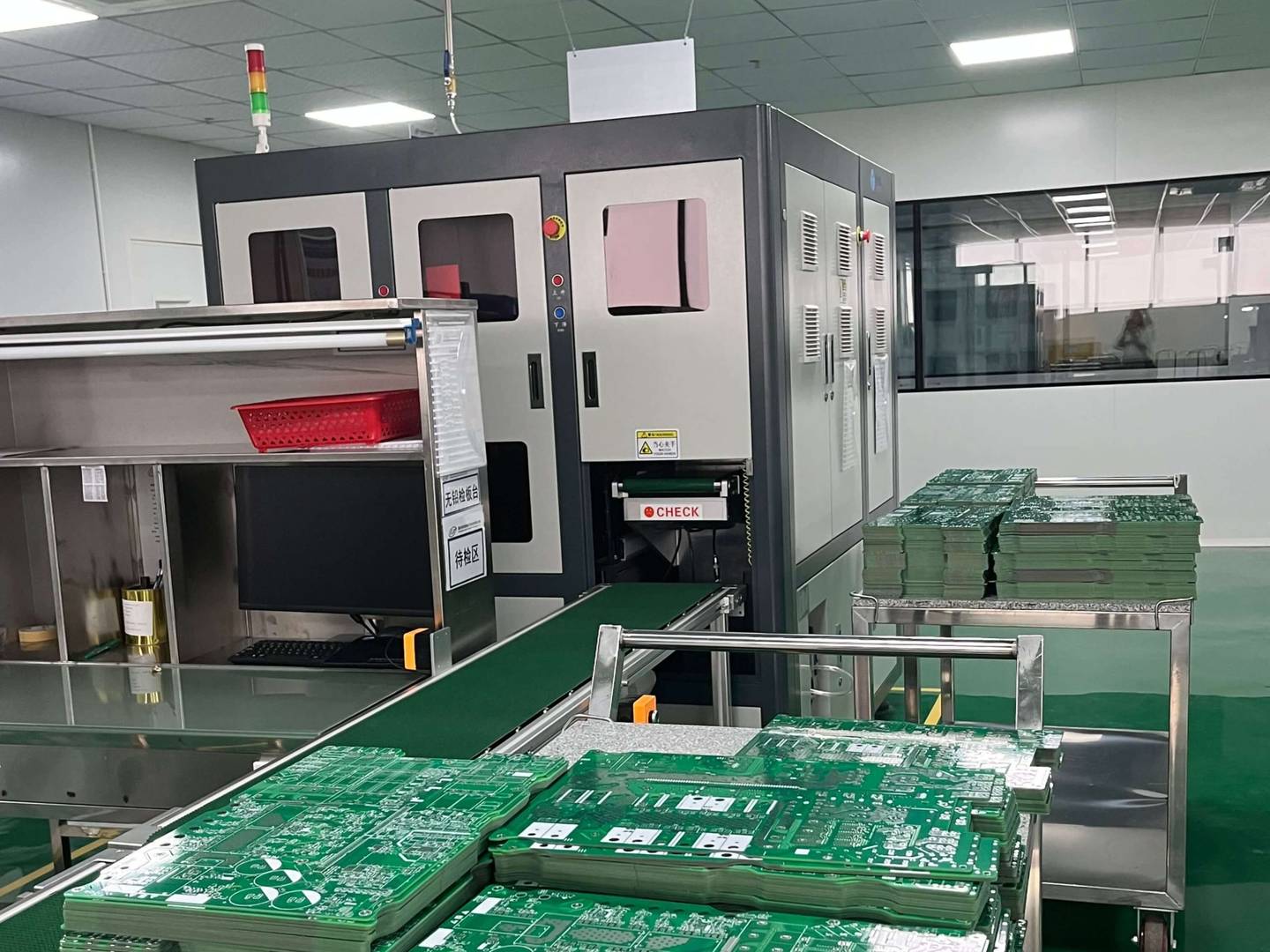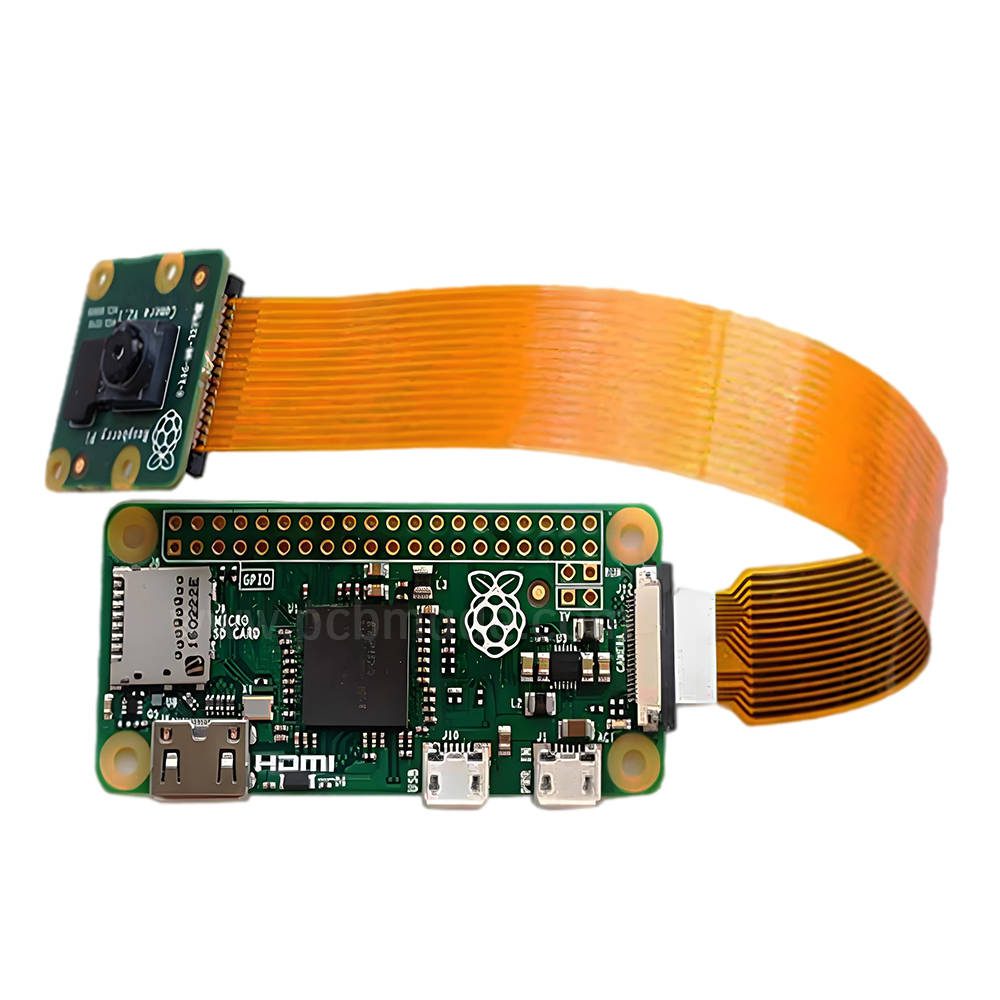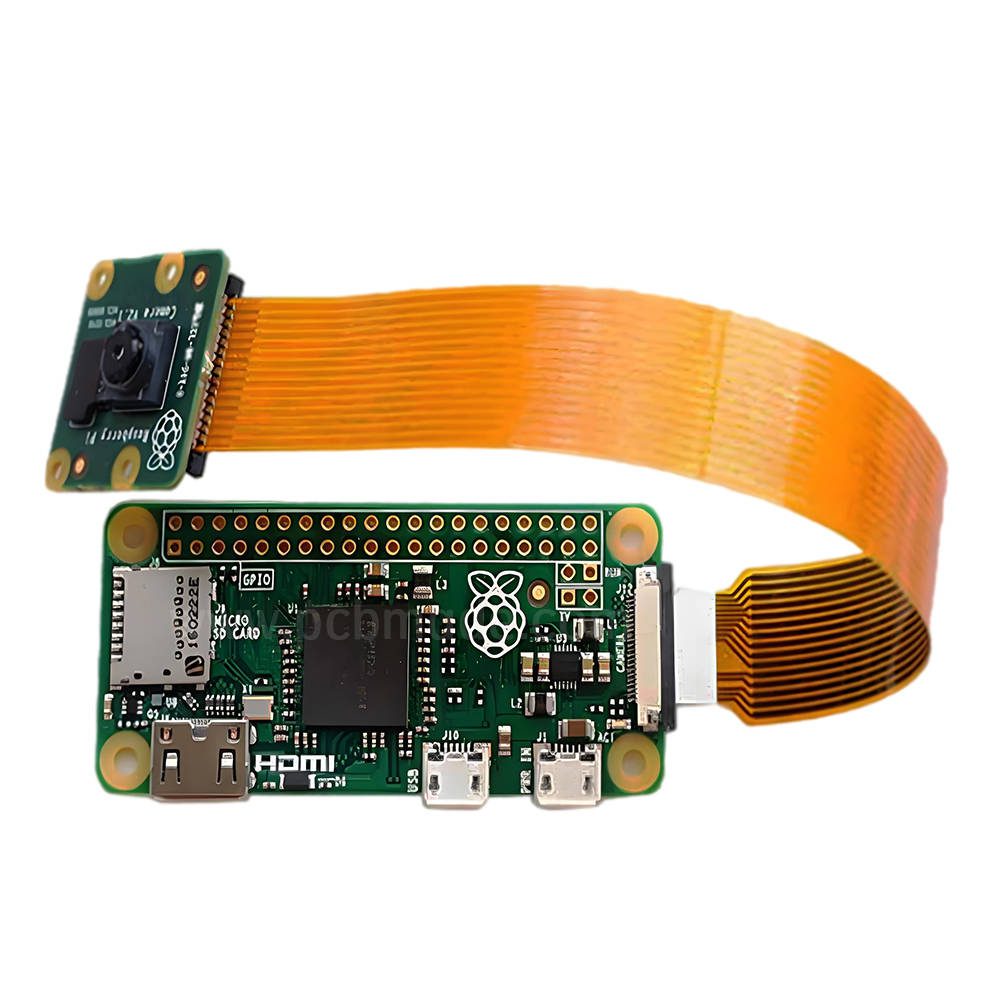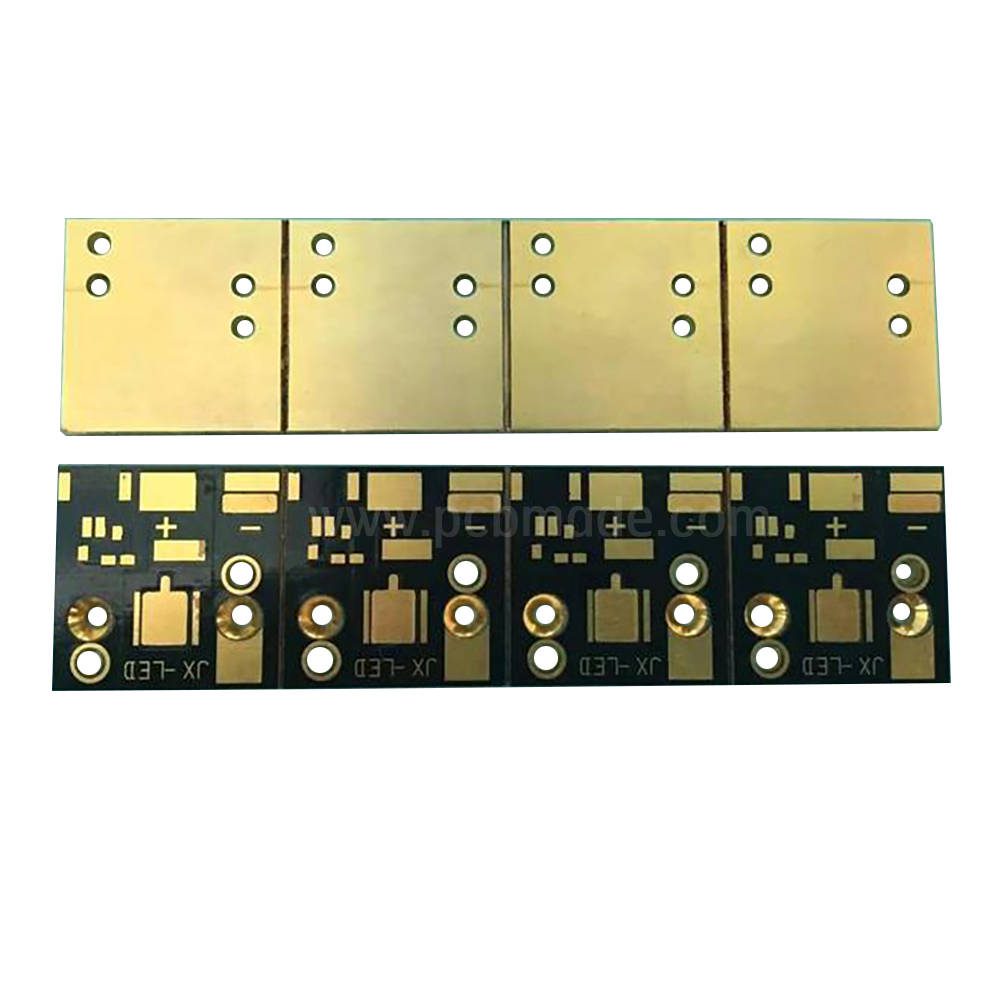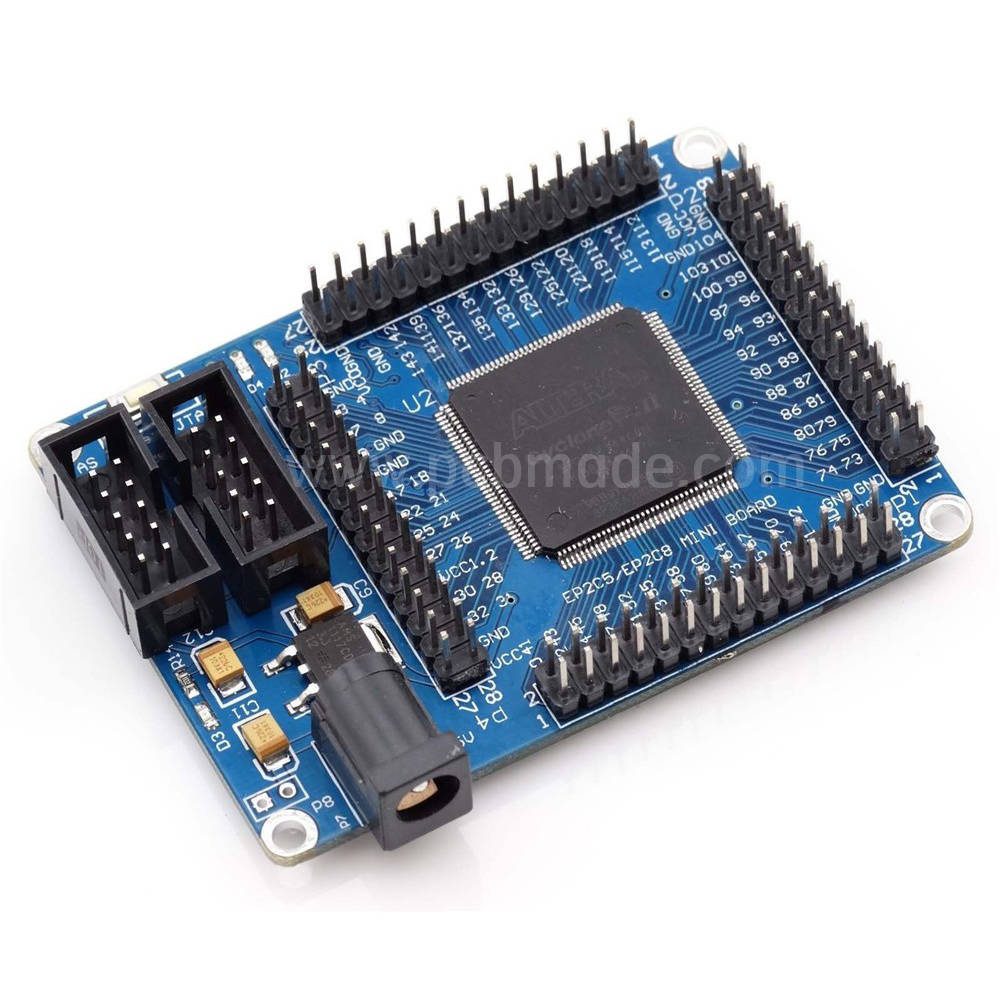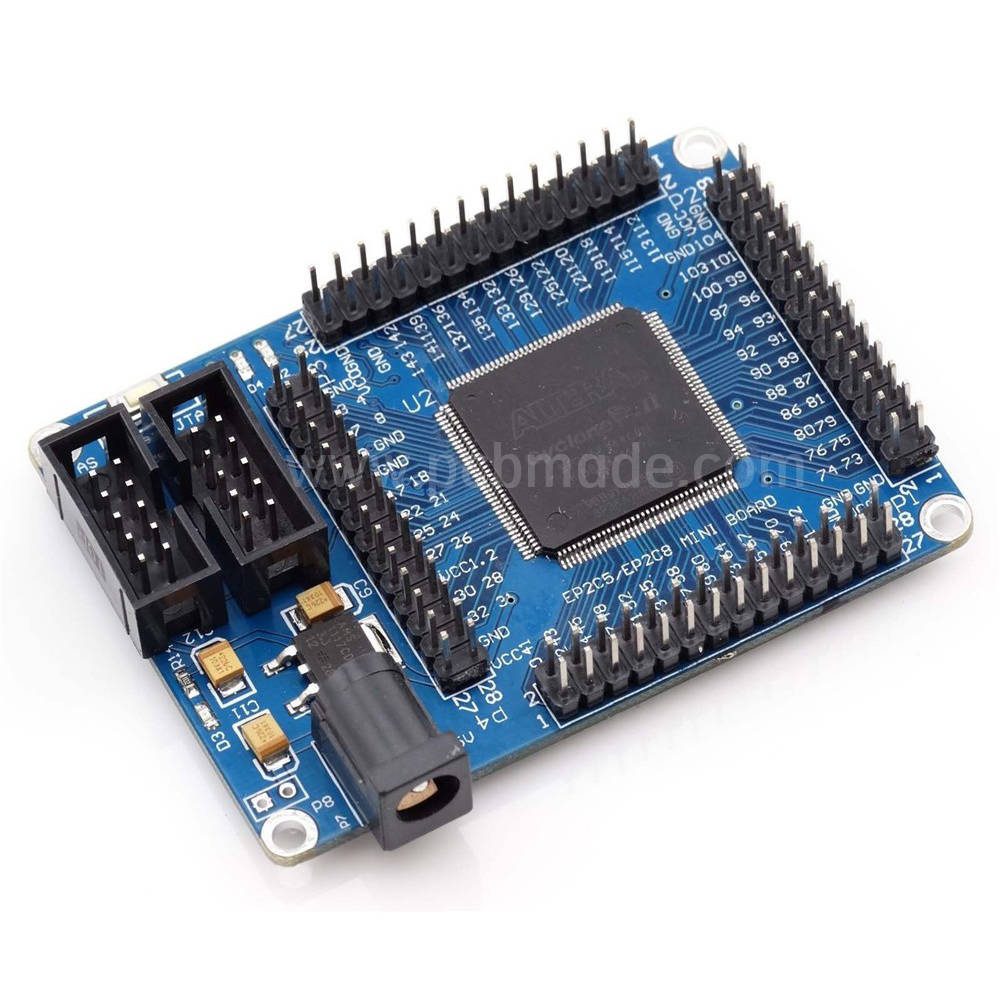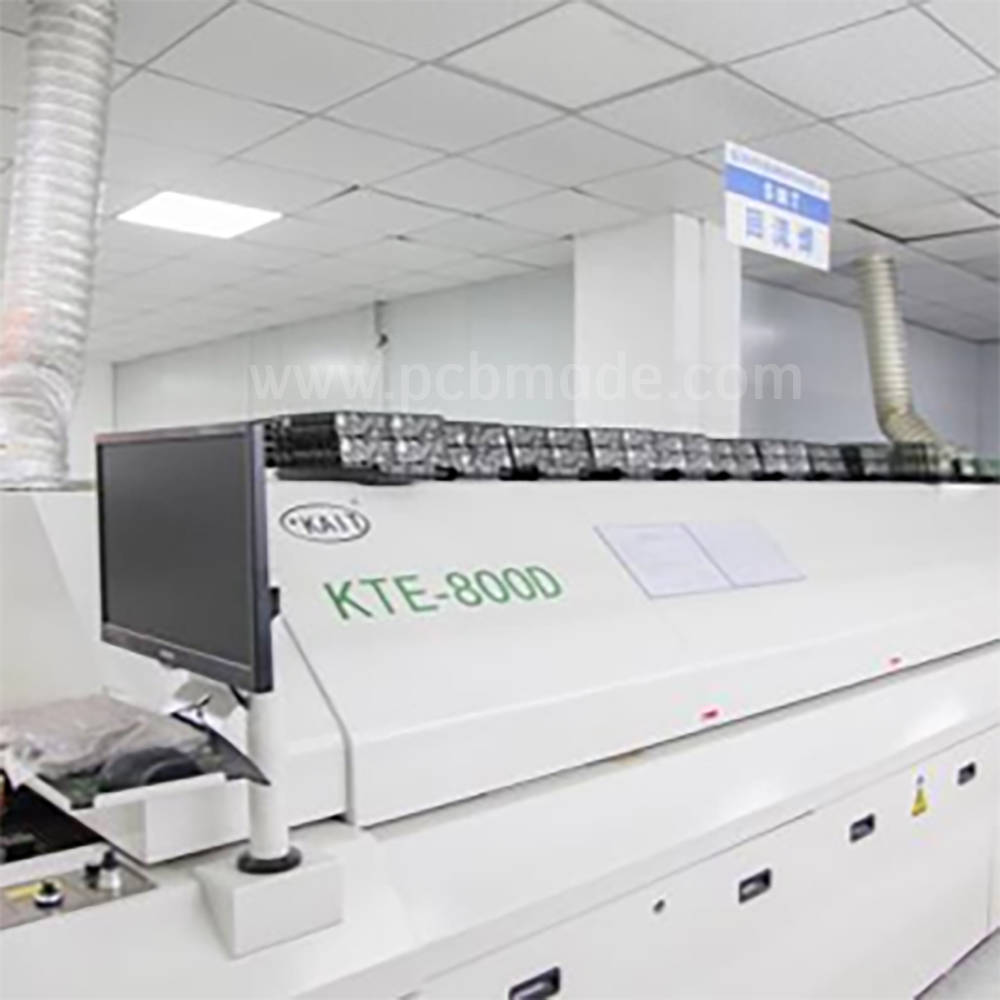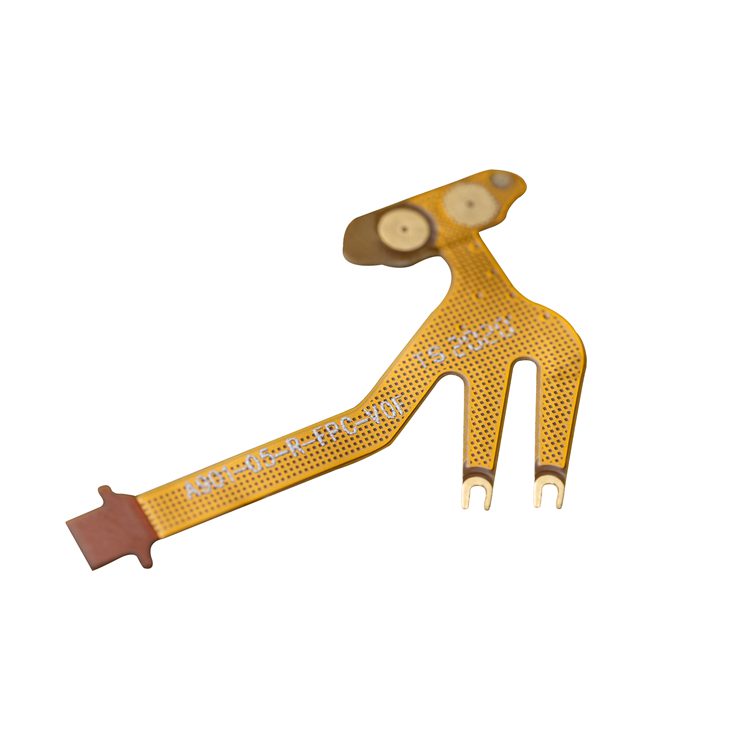Applications
- Consumer Electronics:
- Wireless Bluetooth speakers, smart earbuds, and RGB-lit gaming headsets.
- Foldable mini-speakers for smartphones or laptops.
- Automotive Audio:
- Headrest speakers, dashboard tweeters, and premium soundbars in electric vehicles (EVs).
- Noise-cancelling microphone arrays for cabin voice recognition.
- Smart Home & IoT:
- Voice-controlled smart speakers (e.g., Alexa, Google Home).
- Industrial PA systems for warehouses or factories.
- Medical Devices:
- Audiology headphones for hearing aids or diagnostic tools.
- Ultrasound probe speakers for medical imaging systems.
- Aviation & Aerospace:
- Noise-canceling headphones for pilots and cabin crew.
- Annunciator systems for aircraft interiors.
Advantages Over Rigid PCBs
- Space Savings:
- Slim 0.1mm profile enables miniaturization of speakers by 50% in volume, ideal for wearable or automotive designs.
- 3D conformal packaging supports unconventional shapes (e.g., cylindrical speakers, curved car panels).
- Cost Efficiency:
- Simplifies assembly with SMT (Surface-Mount Technology) and reduces material waste by 30–50% vs. rigid boards.
- Eliminates bulky wire harnesses, lowering production costs.
- Design Flexibility:
- Enables dynamic interfaces for rotating knobs, touch-sensitive controls, or modular speaker arrays.
- Supports integration with sensors (e.g., proximity sensors for auto-mute).
- Long-Term Reliability:
- Tested for 10+ years under AEC-Q101 automotive-grade standards and IPC-6012 Class 3 durability.
- 100,000+ hours MTBF (Mean Time Between Failures) for commercial audio systems.


